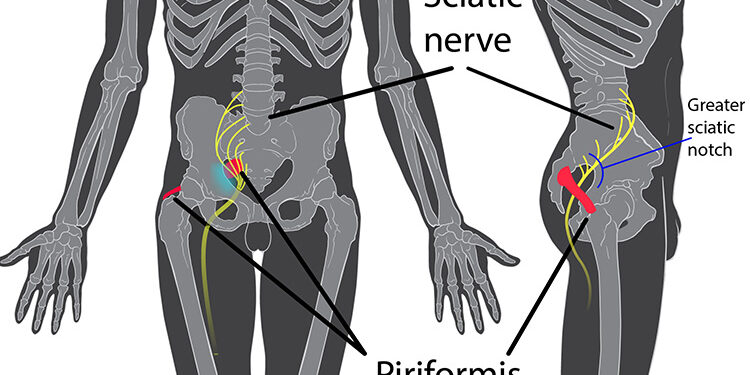Understanding Sciatica: Navigating the Path of Nerve Pain
Sciatica nerve pain, or sciatica, is a condition that doesn’t discriminate, affecting a wide demographic due to its roots in various causes and conditions. This discomfort, often coursing through the lower back down to the legs, is not just about managing pain but understanding its triggers, symptoms, and effective courses of action to mitigate its impact on daily life.
The Root of Discomfort: What Causes Sciatica?
Sciatica arises when the sciatic nerve—the longest and widest nerve in the human body, running from the lower back down to the feet—becomes irritated or compressed. This can result from a herniated disk, spinal stenosis, piriformis syndrome, pregnancy, or even through certain actions like prolonged sitting or carrying heavy weights improperly.
Recognizing Sciatica: Symptoms to Watch For
The hallmark of sciatica is its pain trajectory, often starting from the lower back and traveling down through the buttock to the back of the leg. The nature of the pain can vary widely among individuals; it might be a sharp, burning sensation for some, or a dull ache for others. Numbness, tingling, and muscle weakness in the affected leg are also common symptoms.
Navigating the Path of Relief: Managing Sciatica Pain
The management of sciatica pain largely depends on its severity and the underlying cause. Here are some strategies that can offer relief:
– **Physical Therapy:** Engaging in a tailored physical therapy program can strengthen the muscles supporting the spine and improve posture, significantly reducing the pressure on the sciatic nerve.
– **Medication:** Over-the-counter pain relievers or prescribed medications can alleviate inflammation and pain. For severe cases, more potent options like muscle relaxants or even corticosteroid injections might be considered.
– **Lifestyle Adjustments:** Simple changes, such as practicing good posture, avoiding prolonged sitting, and using proper lifting techniques, can mitigate and even prevent sciatica pain.
– **Alternative Therapies:** Acupuncture, massage therapy, and chiropractic care have shown potential in providing relief for some individuals.
The Long Road to Recovery: What to Expect
While sciatica can be intensely painful, the prognosis is often positive. Many individuals find relief through conservative treatments within a few weeks. However, it’s crucial to consult with a healthcare professional to identify the root cause of sciatica and tailor a treatment plan. In rare cases where conservative treatments fail, surgical intervention might be considered.
Closing Thoughts
Sciatica nerve pain, with its potential to impact the quality of life significantly, calls for an informed, proactive approach towards its management. Understanding its nuances, recognizing its symptoms early, and engaging in effective management strategies are key to navigating this condition. If you’re experiencing symptoms of sciatica, remember that you’re not alone, and relief is within reach with the right approach and professional guidance.
By fostering an understanding of sciatica, its impacts, and the paths to relief, individuals dealing with this condition can embark on a journey toward finding comfort and reclaiming control over their daily lives.
Sciatica is not a result of a medication shortage. It is a byproduct of the body no longer interacting appropriately with its environment. Although some things can be avoided in our environment this would be the equivalent of putting a bandaid over a sliver, the problem might be covered but it is still there. Symptoms tell us when something is out of balance in our bodies so we can work to fix it. Contact us today to try nomoSIK.
It is important to note that the NOMOSIK therapy has not been evaluated by the FDA and is not intended to diagnose, treat, prevent or cure any disease. It specifically tests and treats for neuro-physiological imbalances in the body. Please see reviews of the amazing recoveries patients have noted with their illness and allergies following treatment of these imbalances. These treatments do not constitute the practice of medicine and are intended solely for the purpose of addressing muskulo-skelital conditions through alternative therapeutic means.

